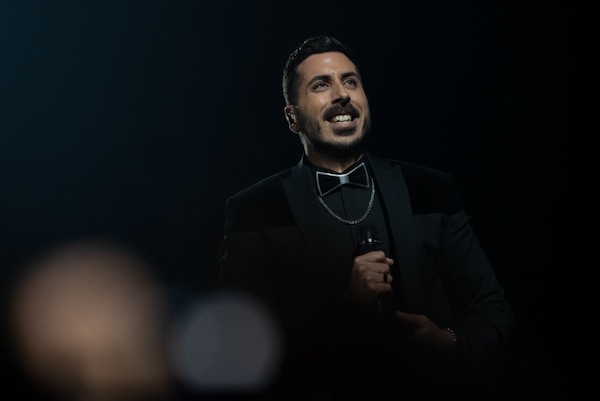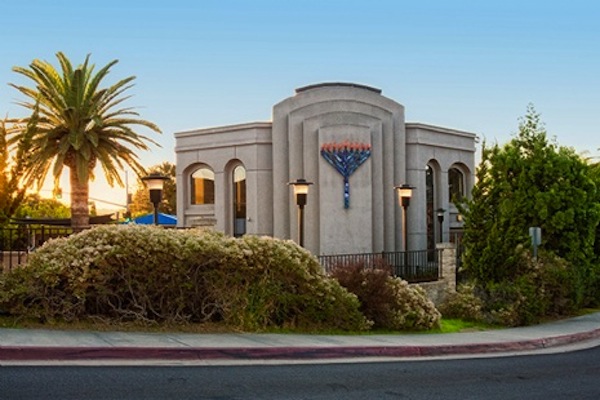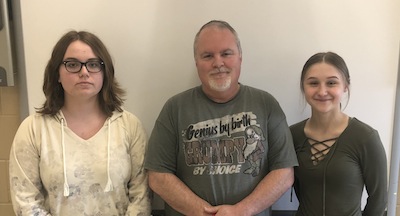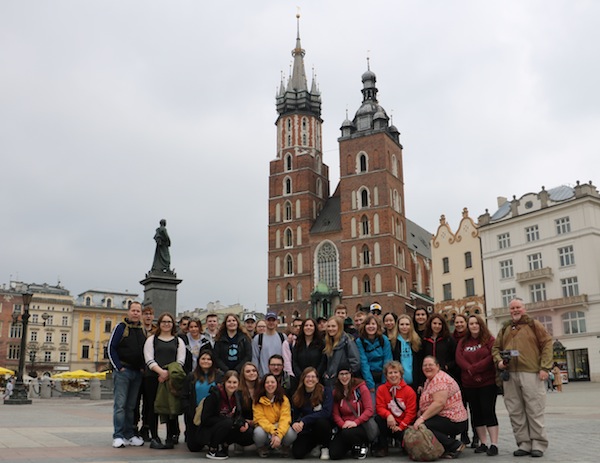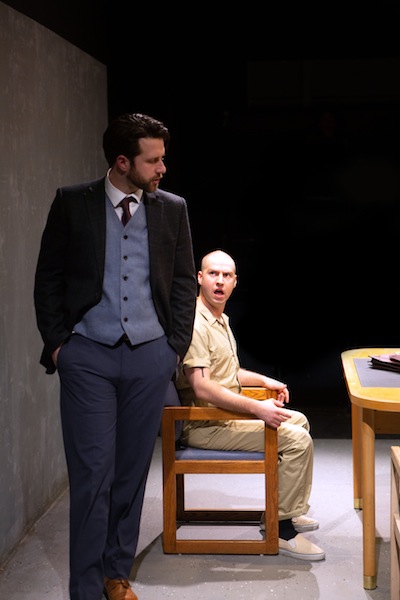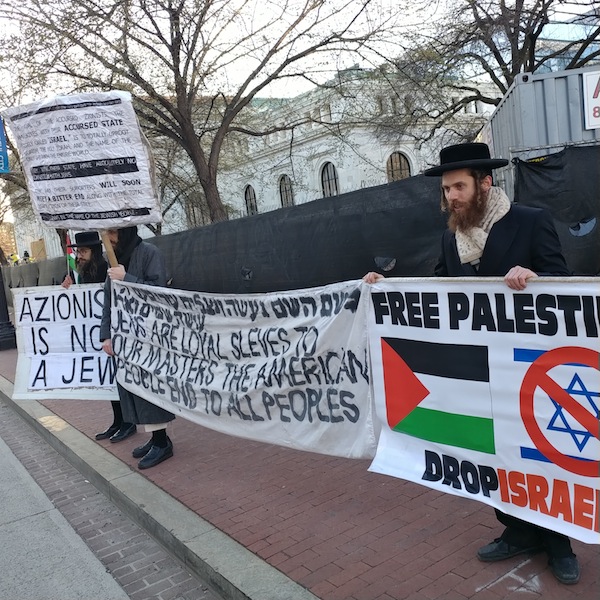For many of us, it’s the beginning of the year. Not the year that starts with Rosh Hashanah. I mean, the academic year. If you’re a student, a student’s parent or a teacher, professor or other education professional, the beginning of September can mean only one thing. It’s time to get back to the grind.
This is both exciting and a nerve-racking time. You want people to like you and appreciate your skills, talents and special gifts. You want to feel welcome and make others feel welcome, too. Seeking approval is an important part of life. We all do it, right?
As overachievers, my husband and I try to start early. He mentioned that some new colleagues were moving in down the street at the beginning of August. They were moving from another country, so we should try to help, we figured. The wait for one’s belongings to arrive and pass through customs can be awhile. (For us, it took 10 days.)
My husband was out of town when they arrived, so I sprang into action. We loaned them a picnic basket filled with dishes, silverware and cups, some patio chairs and, when they asked, even a broom and dustpan.
A few days later, my husband home, we enjoyed a Saturday together out in the sunshine. When we checked our email again, we found that our new neighbour had asked us to loan more items. We apologized, but explained we weren’t usually online on Saturdays. “Oh!” she replied, “Do you do a tech Sabbath?” I had to look this up, but this term was coined in 2010 by Tiffany Shlain, an internet pioneer, and her husband, Ken Goldberg, a robotics professor. It is based loosely on the notion of unplugging from technology on a traditional Sabbath.
I was flummoxed. There seemed to be no nice way to say, “Uh, no, I do real Shabbat.” So, I thought, OK, I will try to explain. I said something like: “In the safety of Canadian diversity, we observe real Shabbat, not just ‘tech Shabbat.’
“We are Jewish and try to take the day off from Friday night to Saturday night. So, we have a big family dinner on Friday nights, we go to synagogue on Saturdays many weeks and we spend the day together, sometimes with friends. However, if you need to reach us, you can always call the landline or walk over and knock on the door. We use the phone when necessary, drive, turn on lights, etc. We are not very strict in our observance; sometimes, we spend the day as a family outside, at a farm or doing an outing together. We just try to rest and not to work.
“We hope your belongings will arrive soon!”
Her response? I kid you not – she said, “Thanks for sharing.”
I felt completely uncomfortable and embarrassed. This was from a new neighbour, someone to whom we offered the loan of various items and tried to welcome. I left it there, I had nothing else to say. My partner was somewhat more hopeful, that perhaps they were just clueless. He tried to explain how hard it is sometimes to be a minority in this way.
In the end, I realized that this fit right into the “new school year, new school experience.” Many of us are seeking approval from peers, colleagues, family members and friends. We jostle and jockey for position. We want others to admire us or, at the least, accept who we are. Then, in an effort to bond or make connections we maybe overshare with people who couldn’t care less.
At the start of the new school year, I’m often keen to make new connections, but it would have been altogether possible for me to say nothing about who we were or why we weren’t online on Saturdays. We might even have saved ourselves the trouble by not offering to loan things in the first place. However, in the interest of being welcoming to strangers and reaching out to make friends, I ended up feeling embarrassed and self-conscious rather than proud. I didn’t like it.
Before I moved to Canada, I lived in the southern United States in a place where I had good reason to feel wary about revealing too much about my religious life. We knew it could be an issue; it wasn’t an especially tolerant place.
Based on recent news events – a swastika painted on a car in a Winnipeg neighbourhood, an election scheduled for Shemini Atzeret – I have to conclude that maybe it’s time to be more careful here.
Sadly, for the first time in 10 years in Canada, I’m wondering if I would have been better off to keep my Jewish practice to myself, and reveal less. Maybe if I were hip, I’d be considering a tech Sabbath, but no. I’m connected to something that’s perhaps less popular, but a lot deeper. Sometimes, sharing this is important, even if it isn’t always the cool answer.
Joanne Seiff has written regularly for CBC Manitoba and various Jewish publications. She is the author of three books, including From the Outside In: Jewish Post Columns 2015-2016, a collection of essays available for digital download or as a paperback from Amazon. See more about her at joanneseiff.blogspot.com.


